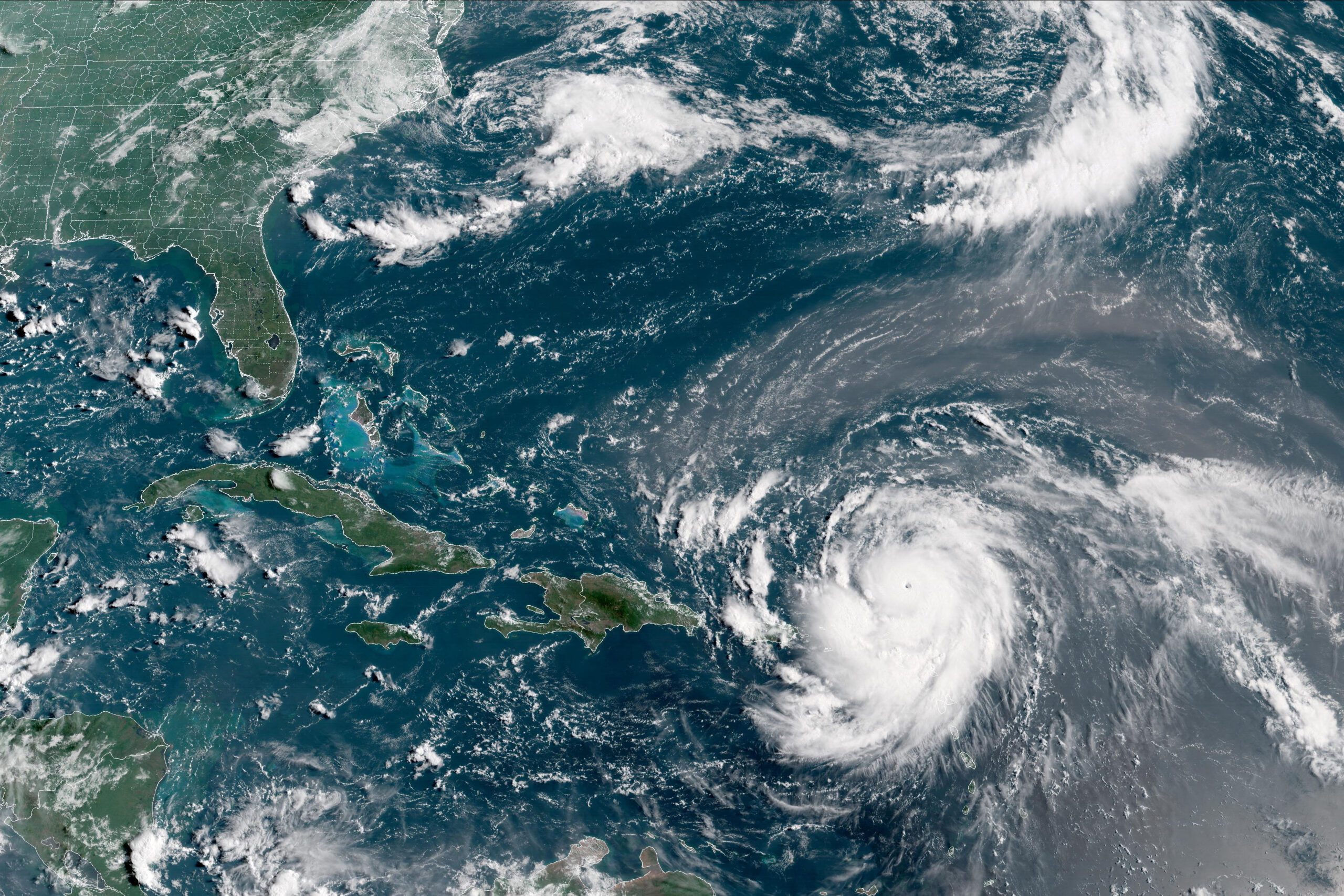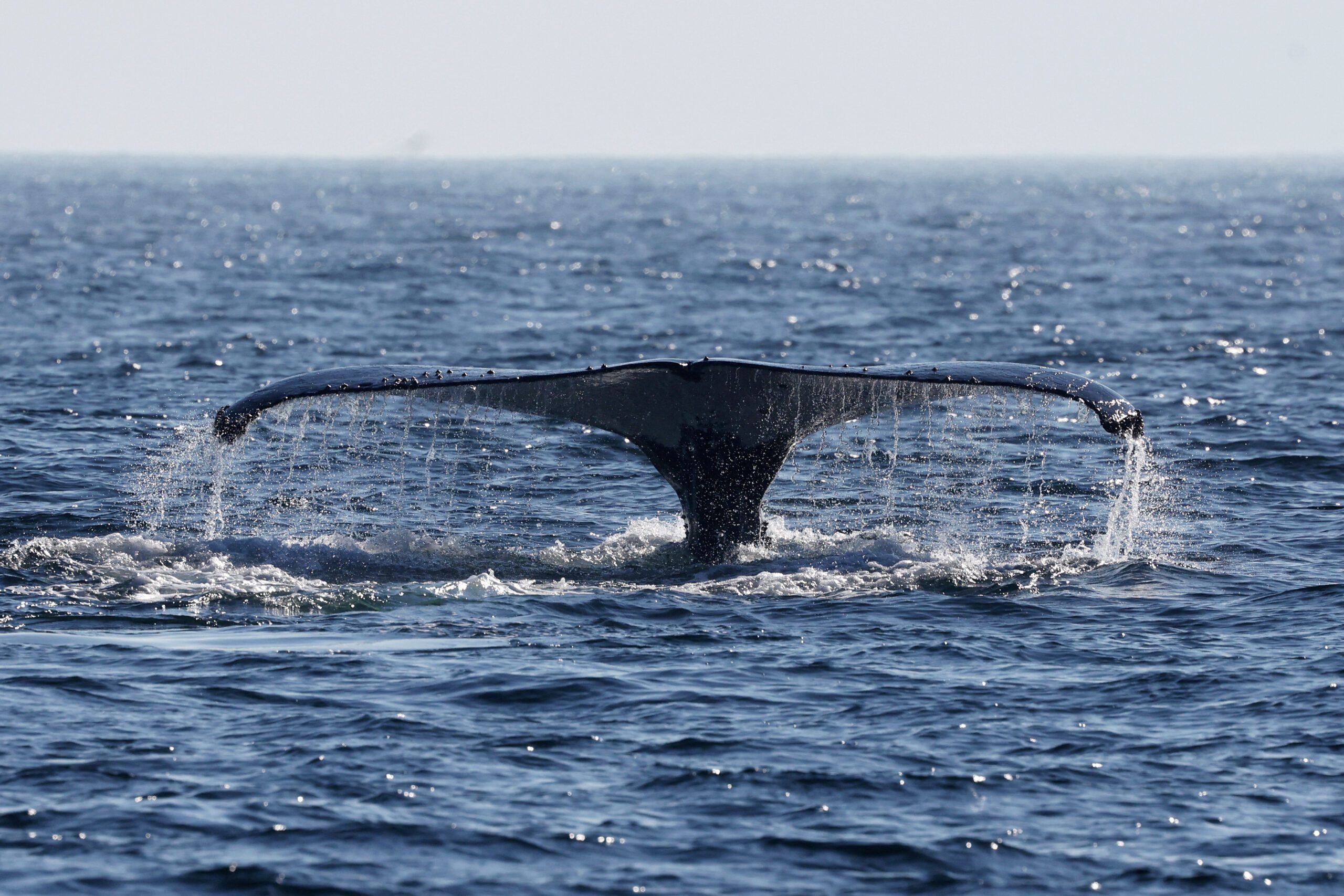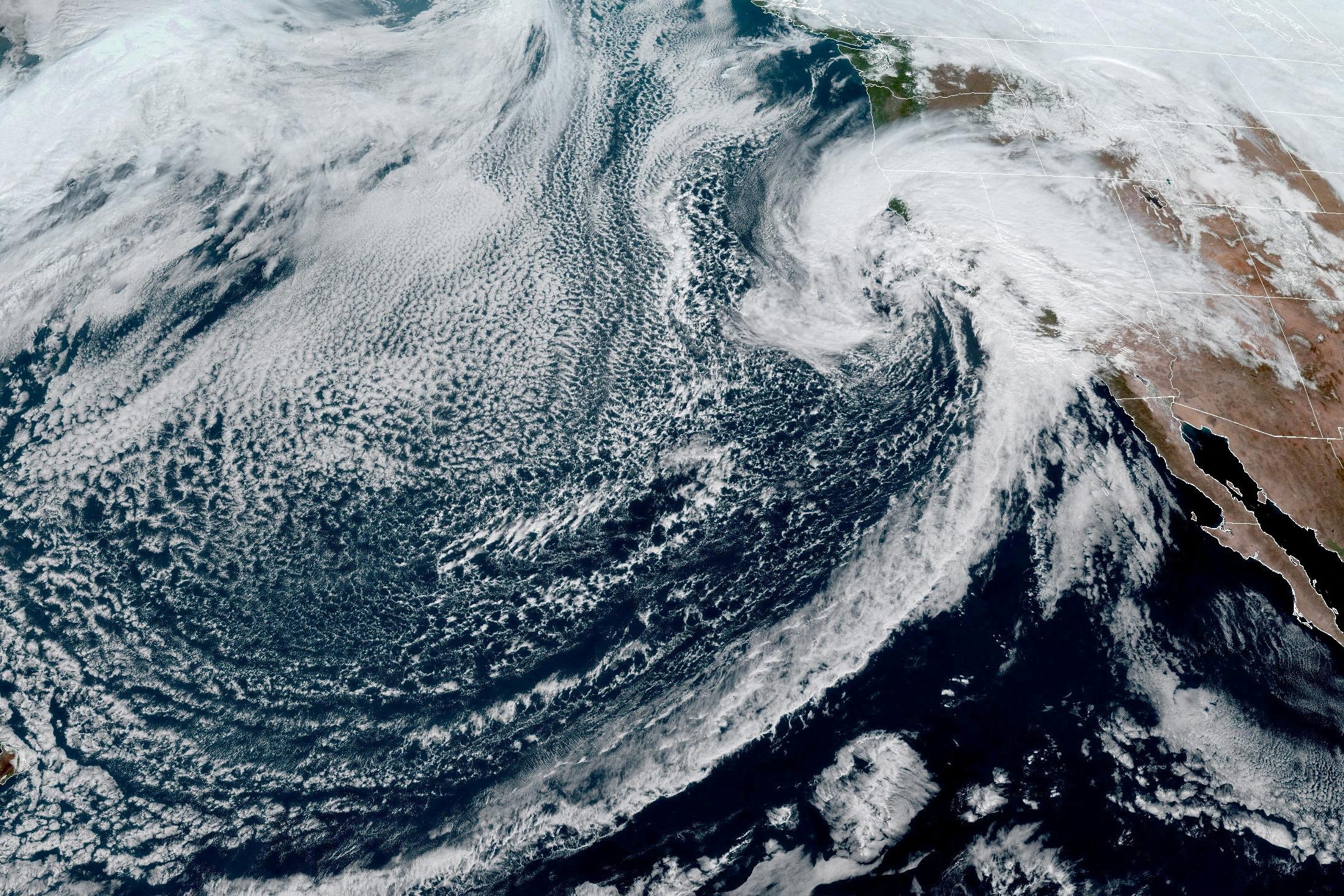
As Hurricane Sandy moves up America’s northeast coast, most ships are now operating under the direction of shipping company emergency response plans and United States Coast Guard directives. But owners of small boats are mostly on their own to make preparations for the coming storm. Here is some advice for boat owners from marine salvage expert and ship captain, Max Hardberger:
After years of surveying boats damaged in hurricanes (what the insurance industry calls “named windstorms”), and after having seen my own boats through a half-dozen hurricanes, I’ve formed some opinions on how a boatowner can protect his or her vessel.
- Remove all loose equipment, canvas, dinghies, etc.: this would seem to be intuitive, but I’ve surveyed many vessels that lost their bimini tops and other canvas, their dinghies, fenders (from holders), and other loose equipment. In some cases, the bimini frames can come loose and damage the boat’s windshield and deck with flailing pole-ends. Hurricanes never sneak up on you, so this is the least you can do to protect your vessel.
- Document your vessel’s equipment and condition before the hurricane hits. Take tons of photos and take the camera/SD card with you when you evacuate. Find and protect your receipts for repairs, replacements, and equipment.
- Get the vessel where you can give it plenty of scope. Many boats get sunk because rising water lifts them above the tops of the pilings to which they’re secured, then wind and waves force them down onto the tops of the pilings to puncture their hulls. At all costs, secure the vessel from both sides. A side-tie is suicide for a boat in a hurricane. Find a cut, a channel, or if nothing else a wide slip, anywhere that you can tie off on both sides. The wider the better within reason. Try to tie off to things that won’t get uprooted, like heavily secured bollards, cleats, or trees with taproots. Use line with some elasticity if you can, but otherwise you can use the long scope of the line to give the boat protection from shock loads on the cleats.
- Many times, you’ll find a channel or cut where you could have gotten plenty of scope from both sides, but other boats have gotten there first and have selfishly blocked usable space with their lines. This is an emergency; if the blocking boats are unattended, untie their lines so you can get your boat past them, but make sure you resecure them at least as well as they were secured when you find them, or otherwise you can be accused of causing their damage.
- Look for the expected direction of the worst wind—as the hurricane is approaching—and look for things that can fall over onto or get blown into your boat. If you can’t find a place without such hazards, protect that side of the boat with plywood.
- Protect windows, windshields, glass doors, etc., with plywood cut to fit. Secure the panels well: the wind may exert tremendous suction as well as pressure, so secure the panel to keep suction from pulling the panel away from the glazing.
- Looting is often a problem after a hurricane. Remove all valuable items from the boat, including the electronics—even the antennae—before evacuating. The same plywood that protects the glass from flying objects can also keep thieves out if well-secured.
- Lightning damage is a common part of hurricane claims. It’s easy to disconnect all electrical equipment and electronics from the main electrical system to prevent a strike from frying everything, but be sure to leave the automatic bilge pump(s) connected.
- Try not to leave your boat on the stands in a shipyard in the path of a hurricane. It’s better off in the water. A boat that gets blown off its stands is usually damaged beyond repair.
- Protect your engine against the possibility of sinking. Many times, the interior of a vessel can be rinsed out after a partial sinking with minimal damage, but saltwater intrusion into an engine can cause a catastrophic failure. There are limited openings into an engine—especially a diesel engine—and sealing them with heavy plastic and quick-drying silicon sealant can protect the engine from damage, especially if you can get to the engine shortly after the hurricane passes.
- An extreme measure, sometimes necessary in the case of large boats with lots of house or houseboats on floats, is deliberately to sink the boat. This could save the boat from worse damage, and by preparing the boat carefully for the sinking, the damage can be predicted and contained.
- Remember that the insurance company will expect you to act as a “prudent uninsured” in dealing with a loss. You can’t just let the boat deteriorate after a named windstorm and expect the insurance company to cover losses you could have avoided. Don’t let the boat sit for weeks unattended, or the adjuster may advise the insurer to deny the additional damage caused by your inattention. Document your efforts in mitigating the loss.
- Don’t try to make money off a loss. Insurance adjusters are experts at spotting attempted fraud. Boatowners sometimes try to add undamaged or nonexistent items to genuine losses. If you get caught, the insurer may use your attempted fraud as a tool to reduce or deny your claim even if it doesn’t press criminal charges. It’s not worth it.
About the Author
 Max Hardberger has been a ship captain, a maritime lawyer, a high school English teacher, a writer, and a ship repossession specialist. His 1998 novel, Freighter Captain, was drawn from a series of voyages he made as a freighter captain in the Caribbean in the late 1980’s. His 2010 memoir, Seized: A Sea Captain’s Adventures, covers some of the ship extractions he’s made in his 20-year career as a ship-recovery specialist.
Max Hardberger has been a ship captain, a maritime lawyer, a high school English teacher, a writer, and a ship repossession specialist. His 1998 novel, Freighter Captain, was drawn from a series of voyages he made as a freighter captain in the Caribbean in the late 1980’s. His 2010 memoir, Seized: A Sea Captain’s Adventures, covers some of the ship extractions he’s made in his 20-year career as a ship-recovery specialist.
His adventures have been featured by NPR, The Learning Channel, the Los Angeles Times, gCaptain and numerous other publications. When not on the high seas, he lives in Louisiana. His website can be found at MaxHardberger.com

 Join The Club
Join The Club












